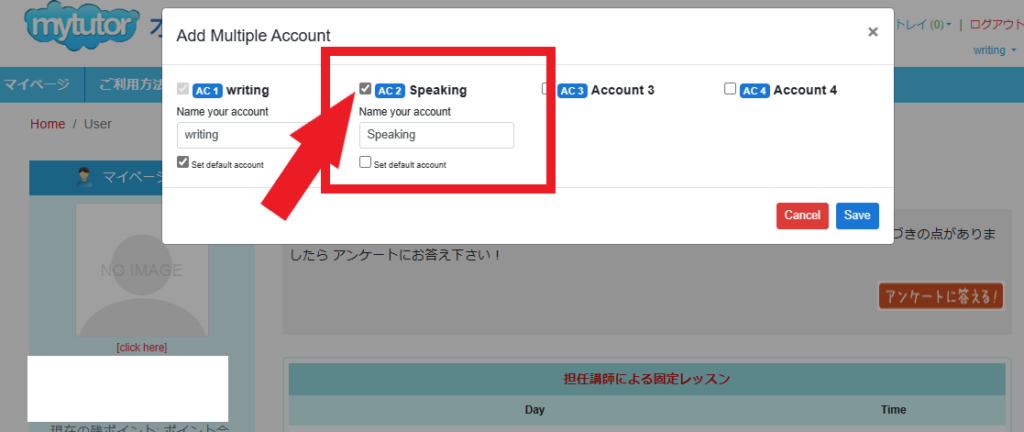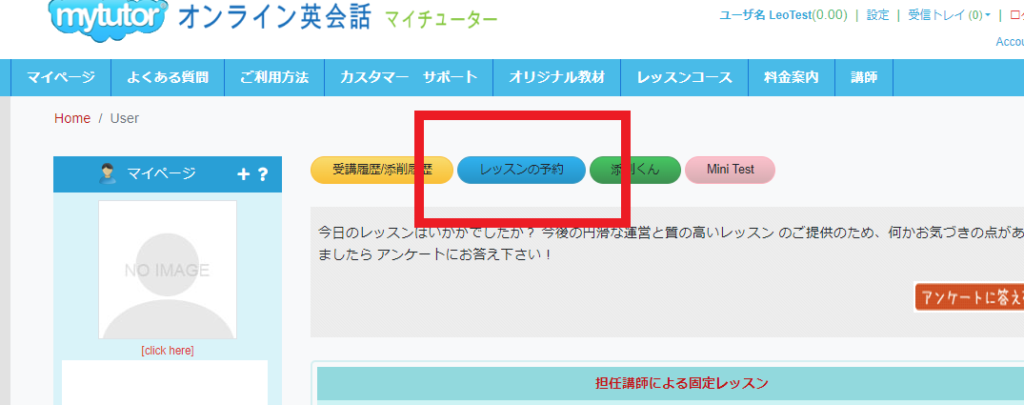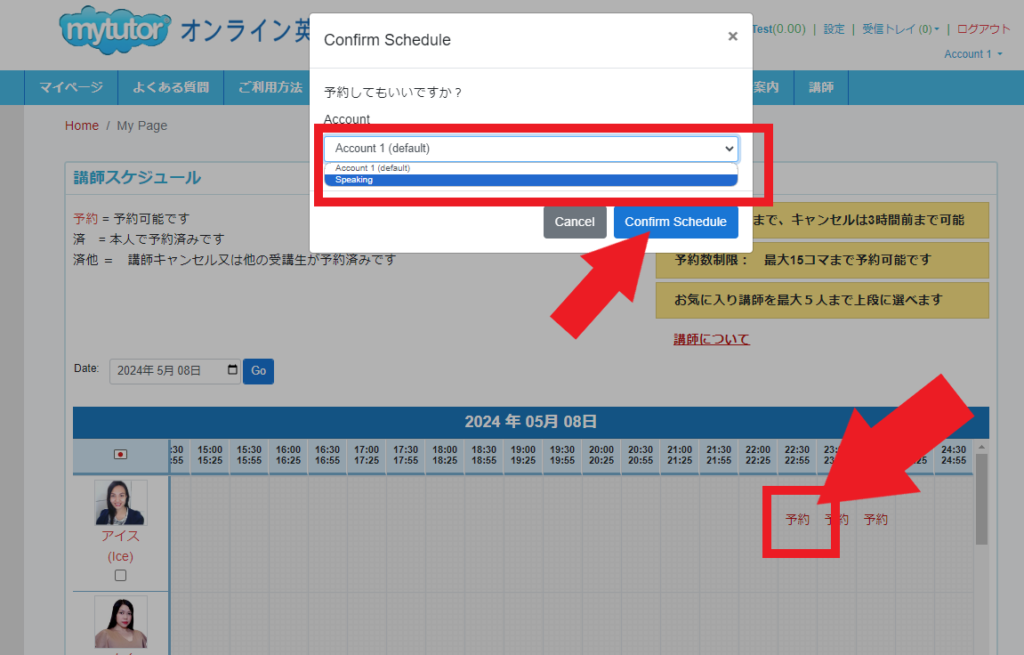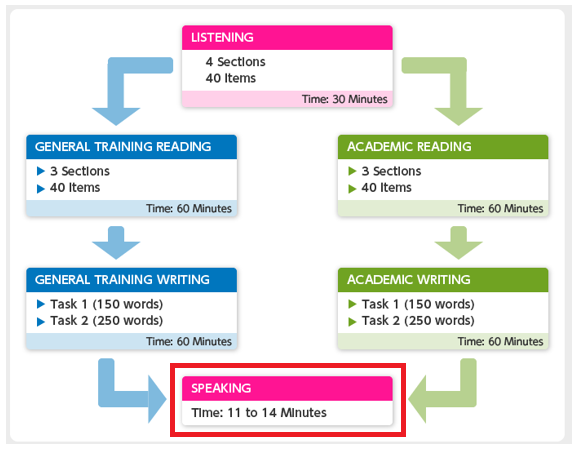アメリカ人が毎日使うスラング・イディオムを学ぶ!
海外ドラマ、日常生活で使われるリアルな英語が楽しく自然に身につく!

ネイティブのリアル英語
dump someone (誰かを)振る
「 誰かを振る」って英語ではどう言うんでしょうか?
アメリカでは ”dump someone ” といいます。
例文
So then, are you going to dump Jackson?
それじゃあ、ジャクソンを振るの?
Well, yeah, because I have to break up with someone.
え~、そうね、だって誰かとは別れないといけないから。

つきあっている人など、誰かを 「 振る 」「 捨てる 」 と言いたい時には
dump (someone) という動詞を使って表現することができます。
dump の後ろに振られる人を続けます。
“break up” や”leave” も恋人同士が別れるという時に使われますが、”dump”には
「投げすてる」という意味があることから、一方的に別れを告げる感じです。
「dump someone (誰かを)振る」習得・攻略

ネイティブのリアル 英語:
My boyfriend just dumped me because he saw me with another man and that man was my brother!

学校で教わる英語:
My boyfriend just ended our relationship because he saw me with another man and that man was my brother!
ネイティブのリアル発音:
My boyfrien’ just dumped me cuz ’e saw me with another man an’ that man w’z my brother!
その他 dump を使ったイディオム
● Dump on someone : 誰かに文句を言う、非難する

“He always dumps on his coworkers when things go wrong.”
彼はうまくいかない時にいつも同僚に文句を言う。
● Dump something on someone : 誰かに何かを押し付ける
“She dumped all her work on me before she went on vacation.”
彼女は休暇に行く前に全ての仕事を私に押し付けた。
● Dump a load : 大量に捨てる、処分する
“The truck dumped a load of gravel on the site.”
トラックは現場に大量の砂利を捨てた。
同義表現
to end a relationship with someone.








































